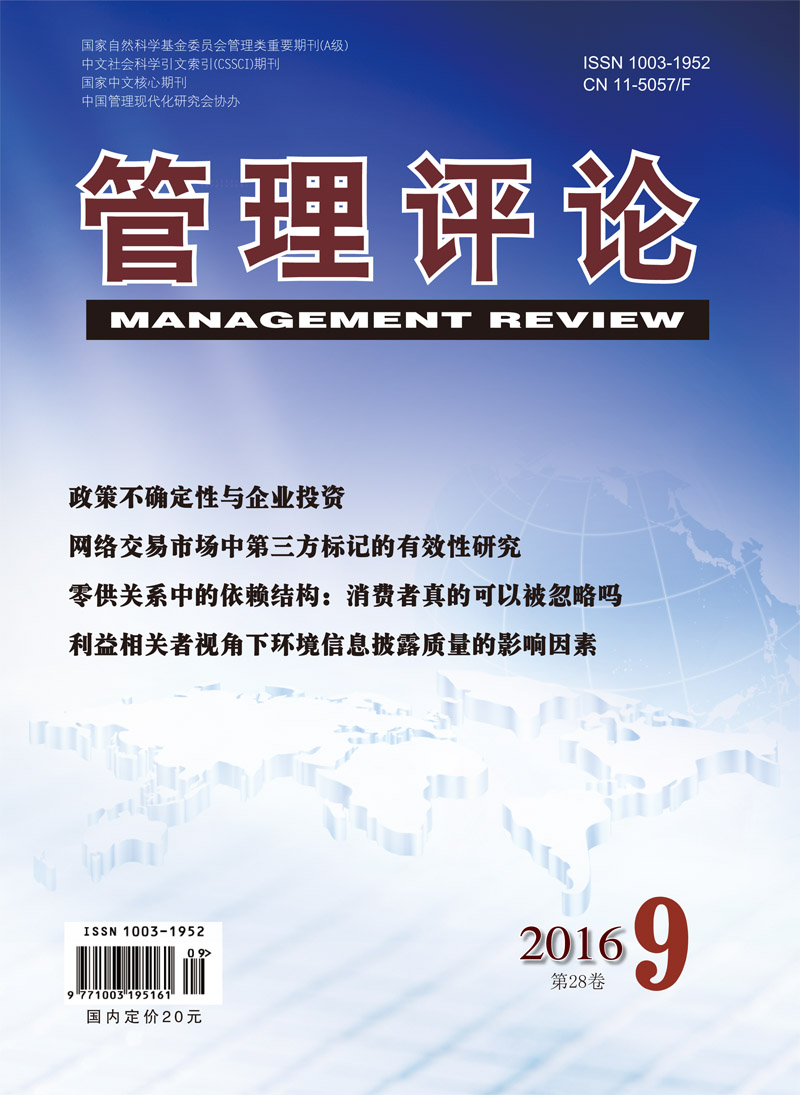With the formation and development of multiple shopping channels, it becomes more and more important for enterprises to understand consumers' decision-making mechanism in selecting shopping channel so as to make correct marketing strategy. The existing studies indicate that most consumers tend to avert risk when they buy goods. Therefore, from the view of transaction cost, this paper uses utility theory to build the model of risk-averse consumers' goods utility under two different shopping channels: traditional channel and Internet, and analyzes the impact of the changes on the goods utility in searching cost, evaluating cost, paying cost and time cost when consumers make decision on shopping channel. The results indicate, as consumers decide shopping channel, the improvements of goods and services quality and the decrease of goods price and waiting time under traditional retail channel can promote the goods utility. But, the improvements are unable to unlimitedly increase the goods utility. Similarly, the promotion of website credibility and goods brand and the decrease of goods price and delivery time under Internet channel can enhance the goods utility. But, the promotion of goods utility is limited. Finally, this paper gives marketing suggestions to retailers of the two channels.

